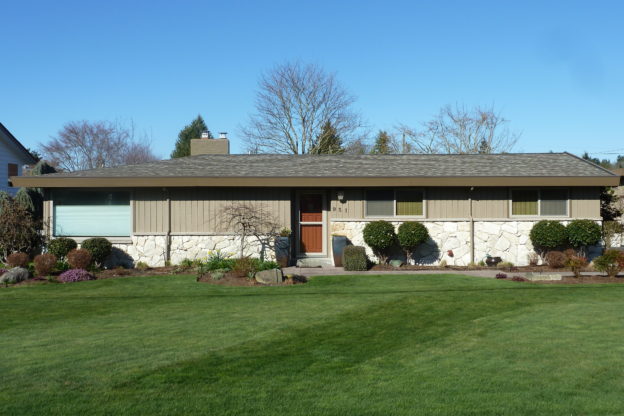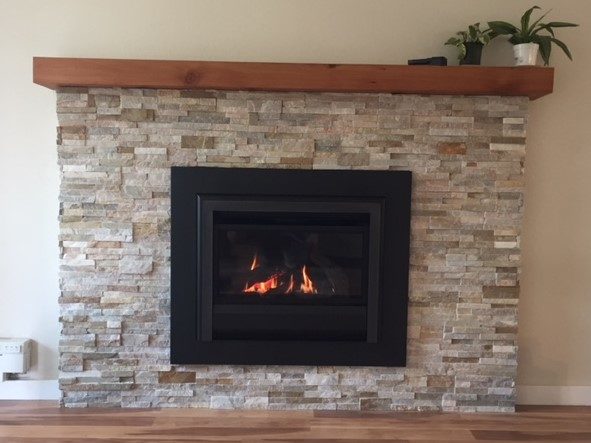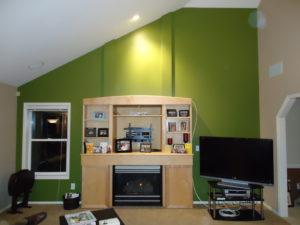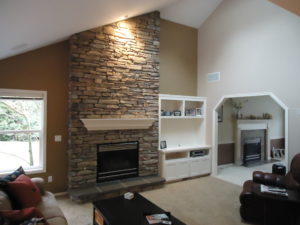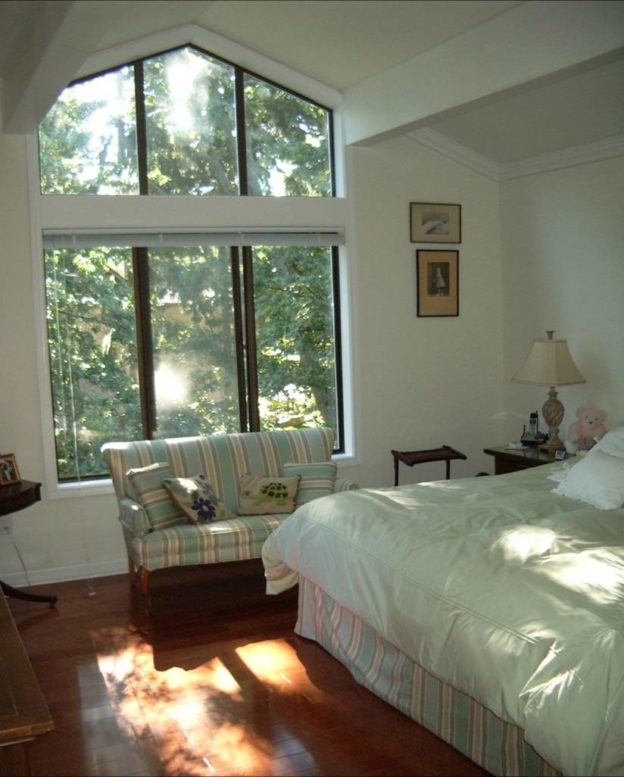For those planning to sell their home in 2019, spring can be the opportune time to place it on the market. In addition to the right timing, selling a home in a reasonable amount of time for the best possible price requires some careful strategy.
Step 1 – Consult with a Real Estate Professional
The first and most important step is to consult with a real estate professional. They will walk you through the steps of what to expect and how to best prepare and show your home to maximize return. You only have one chance to make that all important first impression. Following are tips we have gleaned from the real estate professionals we know and trust.
Step 2 – Price it Right
The next step to a successful sale is to make certain you have priced your home accurately. This means you have had a Realtor help you price your home to sell taking into consideration the market, the condition of your home, and the current competition around you. Once you have done this, you need to turn your attention to the condition of your home. The biggest mistake people make in preparing their home for sale is that they put all their efforts into the interior. They spend countless hours prepping and painting the walls making certain that everything is perfect, forgetting one of the most important aspects – the first impression.
Step 3 – Curb Appeal
The minute they pull up to a home, most buyers know if this is a place where they see themselves living. If your home is lacking curb appeal, you will have a much harder time getting someone to come inside. If your lawn is over grown and your gardens look disheveled, a prospective buyer will often skip over your home. You must have the exterior of your home match the standard of the interior or you may never get them to come inside. Serious buyers are looking at numerous houses and your home must stand out from the crowd.
The easiest way to assess your home’s curb appeal is to stand across the street. What is the first thing you see? Can you even see your home? Clear yard debris, power wash driveways and sidewalks, and bring in color with fresh bark and flowers. Pay special attention to your front door. Does it need replacing or repainting? Remove all cobwebs and make certain the entry is clean and crisp. You can be certain, while the real estate agent is busy gathering the key, the prospective buyer will be sizing up the front entryway.
Step 4 – Clean and Stage
Once you have them inside you only have a few minutes to help them see your house as their next future home. If it is in your budget, hire a professional house cleaner and home stager. Remember, your home is in competition with many other homes. Don’t leave that tattered old sofa in your living room. Remove all excess clutter and family pictures. If you are in the process of packing, designate an area in the garage for neatly stacked boxes. Make sure the kitchen and all bathroom counters are clear of personal items. Specially placed items such as a decorative cook book or splashes of color can be added in their place. Set your dining room table for two to four places. Keep it simple with a charger, plate, bowl or decorative napkin, and wine glasses. Make all the beds, every day. Invest in fresh towels and silk plants or spa baskets for all bathrooms. Stores like Tuesday Morning are great places to find inexpensive towels and linens. You don’t have to spend a fortune to make your home look like a treasure.
Step 5 – Odor out!
If you have pets do everything possible to not have them in your home when it is for sale. Odors are the number one reason buyers won’t purchase a home. Musty, mildew, or pet smells will steer buyers clear of your home. If you have dogs in the home, make sure they are in crates. If possible, invest the money to have your dogs or cats boarded, or have them stay at a friend’s house.
Step 6 – Get an Inspection and Make Repairs
Last, but not least, if you know of things that are malfunctioning, get them fixed. Hire a home inspector to do a pre-sale inspection and take care of the things that are called to your attention before you open the house to the public. The inspection report, along with a list of those items that have been addressed, can be a beneficial tool to provide to a prospective buyer.
Taking the time to get your home ready to sell will save you time on the market and ultimately bring a higher return on your investment.
If you need assistance with any of these projects or upgrades, we can connect you with the appropriate service professionals for your specific needs. Just let us know how we can help by completing our online Work Request today!
For Realtor, Home Inspector, or Mortgage Service recommendations, you may consider some of the professionals we have grown to know and trust. Visit the Links Page on our website for more information.

